
The best men's suits are hard to come by, especially when you've got no experience buying suits in the first place!
What's the best suit to buy? How should your suit fit different areas of the body? Should you also invest in accessories like pocket squares when buying a suit?
For many guys, these questions are a no-brainer. But if you've never stepped foot in a suit store before, then they're probably the first things you should be asking yourself.
In today's article, I'm breaking out everything you need to know about buying (and styling) your first suit. Whether you're 18 or 80, I want you to consider this your go-to guide for all things sartorial shopping.
We'll be covering:
- Buying Your First Suit Introduction: Fit, Fabric & Function
- Buying Your First Suit: Step #1 – Fit
- Buying Your First Suit: Step #2 – Function
- Buying Your First Suit: Step #3 – Fabric
- Buying Your First Suit: Step #4 – Hiring A Good Tailor
- Buying Your First Suit: Step #5 – Choice Of Dress Shirt
- Buying Your First Suit: Step #6 – Accessories
Buying Your First Suit Introduction: Fit, Function & Fabric
If you've heard of these terms before, good. They're relevant to the art of buying suits…and buying anything else in men's clothing. Why? Because as the style pyramid shows – every item you include in your wardrobe has to fit right, feel right, look right, and serve the right purposes if you want the benefits of being stylish.
If there's something that deserves the most careful of selections based on these three components…it's your very first suit.
Buying Your First Suit: Step #1 – Fit
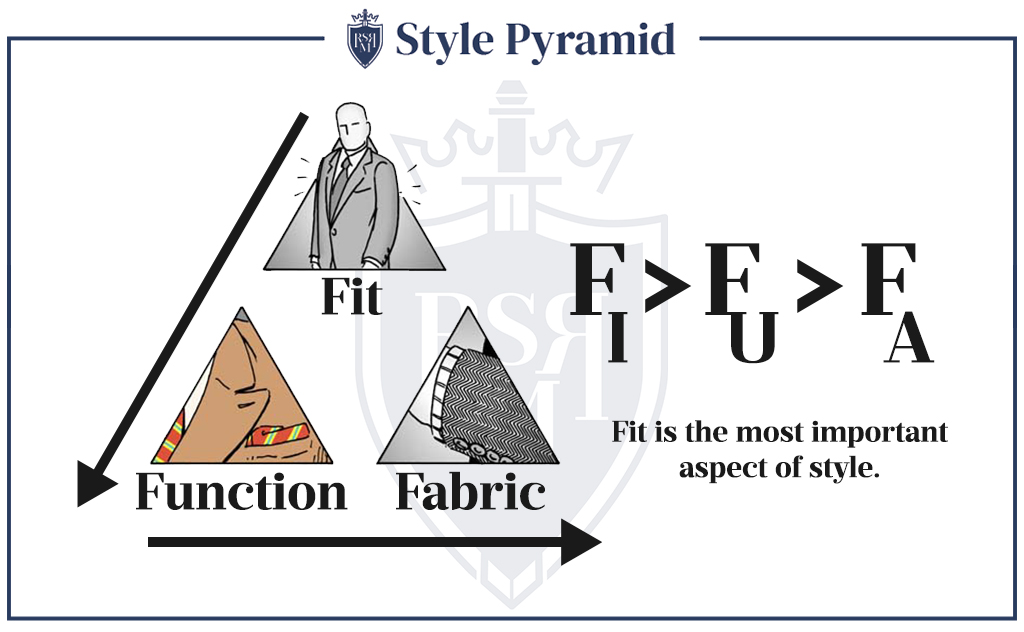
The first order of business is – as with all other clothing items – to nail the fit. Never go with a suit that doesn't fit you. The thing is, you have to consider more than just the standard S, M, L or XL sizes that are predetermined in stores. There are multiple aspects of the fit.
Remember that a suit is, by definition, a combination of (1) a jacket and (2) a pair of trousers made of the exact same fabric. If you see a kind where both pieces are closely similar but not identical…it's not a suit. It's more likely an odd jacket or blazer partnered with odd trousers.
Therefore, you'll want to pay attention to the following aspects of fit for both the suit jacket and its partner trousers…
Jacket: Shoulder Fit
One of the most visible elements of a suit jacket's fit is in the shoulders. After all, the shoulders are just below eye level and are the broadest part of most men's upper body.
So when guys get this wrong, it's pretty darn obvious.
When it comes to the fit in a suit jacket's shoulders, you're really looking at two different things:
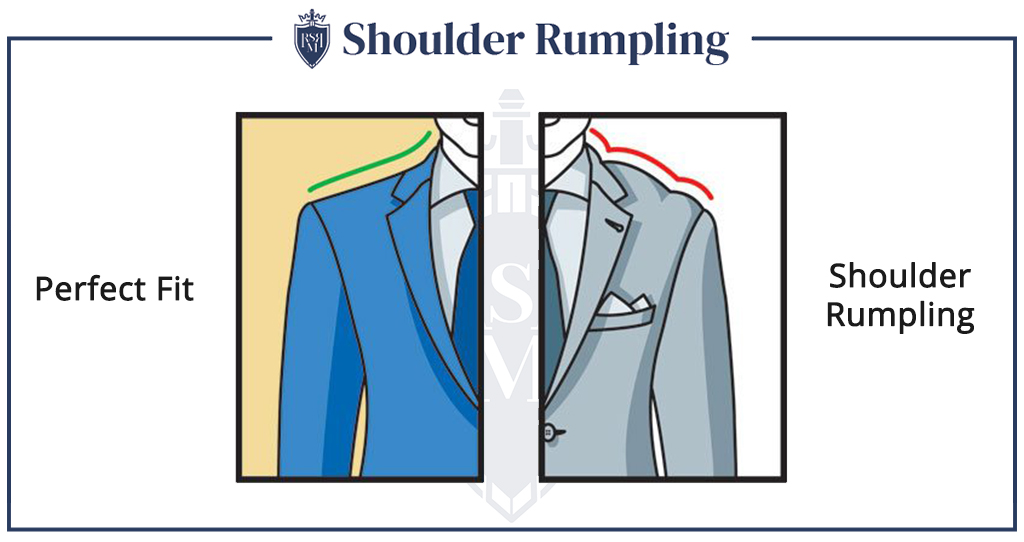
Rumpling occurs when there's too much fabric on top of the shoulder. You can identify this through bumps and curves (or rumples) in the part of the shoulder between the top of the arm and the base of the neck.
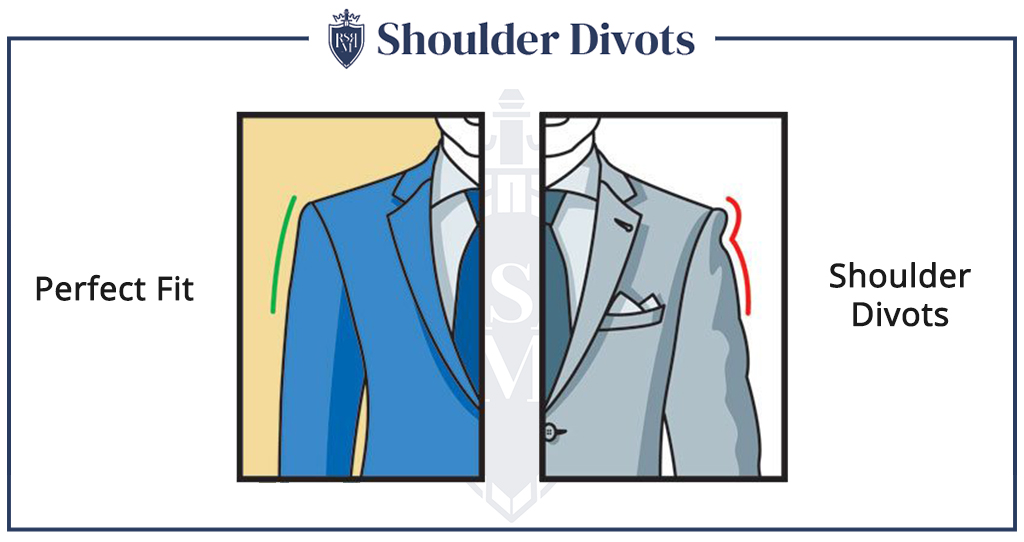
Divots are similar to rumbles, but these occur on the part of the shoulder at the top of the arm. If there's too much fabric in the top of the shoulder, the peak of the padding can overhand the arm below it and cause divots.
For the perfect fit, the jacket should go in line perfectly with your shoulders – without coming in by an inch or going beyond an inch of the shoulder points. There shouldn't be any distinct bumps on the shoulder area because that indicates the jacket might be damaged (or it simply doesn't fit your shoulders well).
Jacket: Torso Fit
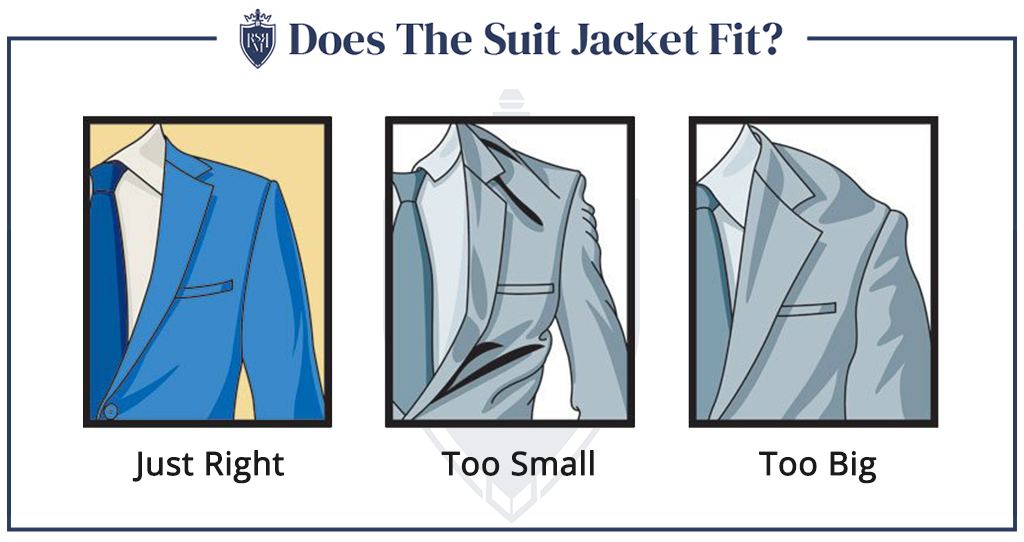
Just as crucial as the shoulder fit is the fit around your torso. The trick to knowing whether the jacket is too tight or loose is to button up and test for:
- A dreaded “X” which means the midsection sticks very closely to your body = too tight
- Enough room to squeeze in a full fist inside the jacket comfortably = too loose
When you've avoided those, the next step is to size up/down so the suit matches your proportions and any small details (such as breast pocket placement) are taken care of accordingly.
Jacket: Overall Length
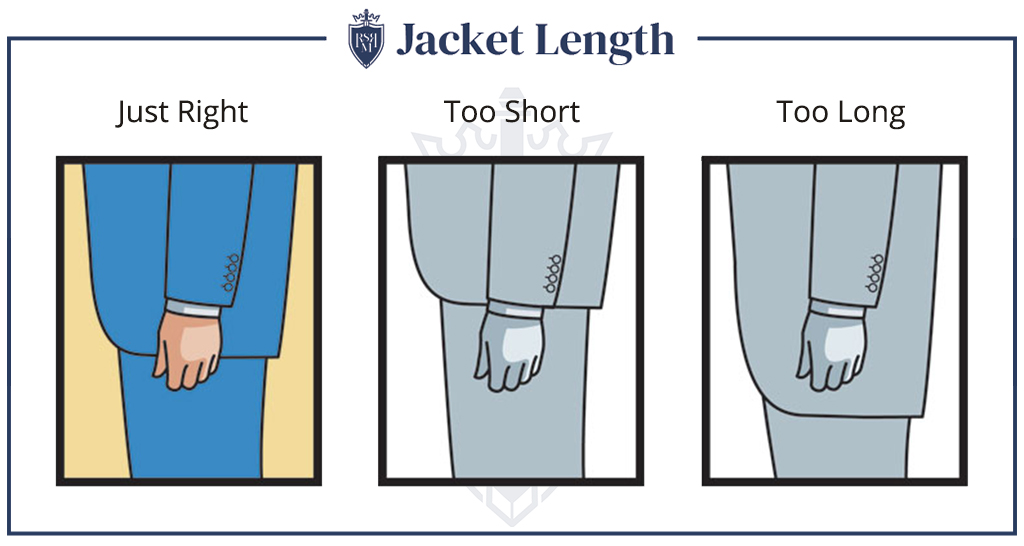
Here you need to stand straight and keep both arms to your sides. Measure the length of the jacket and check that it reaches to about the knuckle of your thumb.
Then make sure it covers the bottom curvature of the buttocks (although you're free to adjust this to an inch shorter or longer, depending on your height). Men who are under 5 ft 8 inches should be careful not to wear a super long jacket that extends beyond the buttocks…or else…they'll end up looking shorter.
The sleeves, in particular – you want them to reach your wristbones. Take note that this is a forgiving detail, and you can add/subtract an inch and a half on the sleeves if your jacket is off-the-rack. But this won't be an option for any jacket with working buttons (especially from a high-quality bespoke suit with functioning surgeon cuffs). It's not made to be readjusted.
Jacket: Collar Fit
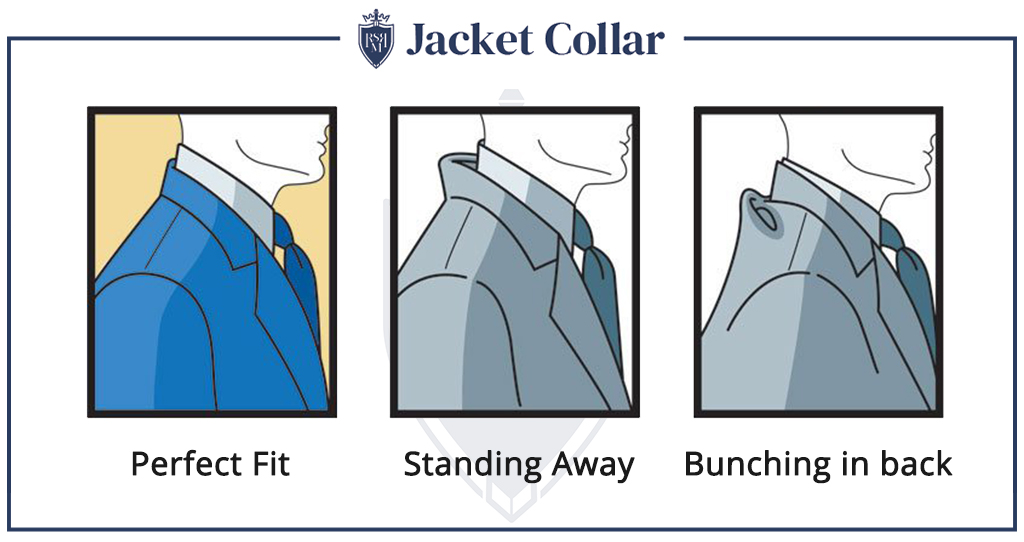
The collar should be sitting far off your neck – not tight and putting pressure on your neck. Why? Don't forget the fact that the jacket is already your second layer at the top. So there has to be some allowance unless you want to risk looking stiff or uncomfortable.
Jacket: Sleeve Pitch
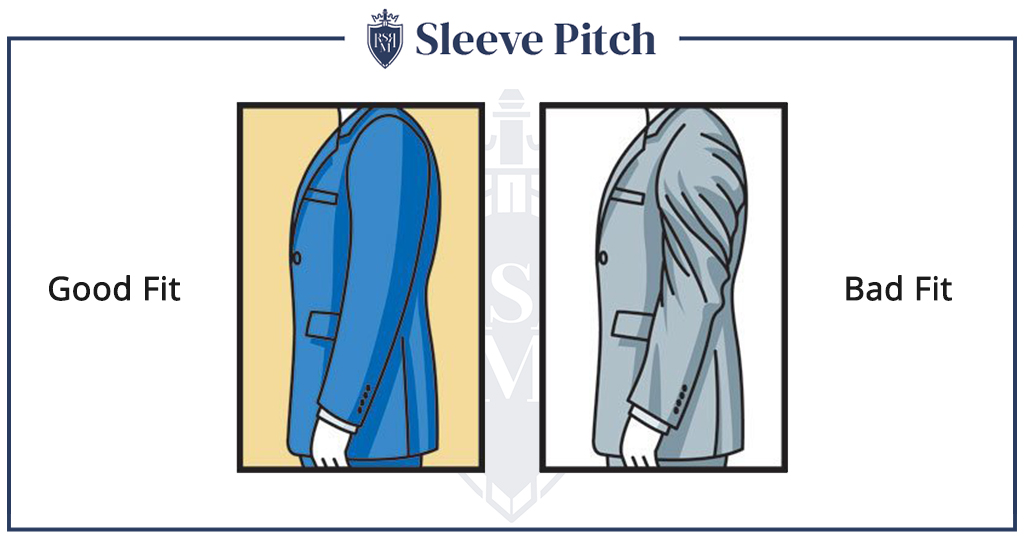
Sleeve pitch refers to the angle that the sleeves are attached based on one's posture and neutral arm position. If you're someone with great posture, go for “X3” or a low sleeve pitch that has the shoulder shift toward the back. If your posture is more forward-curved, go for “X2” which shifts the shoulder toward the front. You've got to stand perpendicular to a full-sized mirror – and see where your arms naturally rest – to figure out the right sleeve pitch.
Trousers: Fit In The Waist & Seat
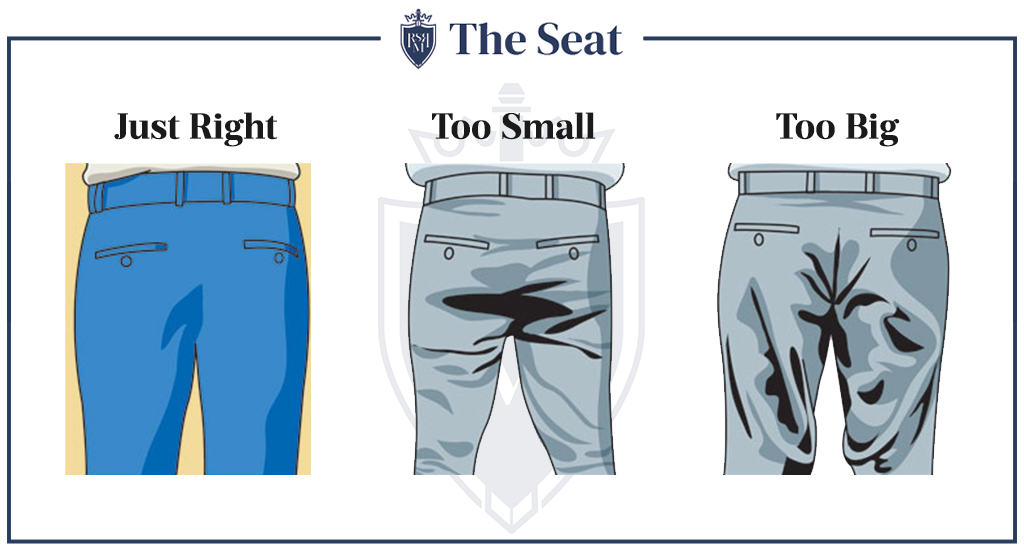
When it comes to any pair of trousers…the main issue is the waist & seat. So don't underestimate the importance of measuring your waistline and buttocks accurately.
Most trousers can actually be brought in or let out by an inch and a half. But don't push it any further either way. A larger waist can cause excess material around the buttocks – making it seem like you're wearing a diaper beneath – while a tighter waist can lead to ripping your pants the next time you're rushing to the office.
Trousers: Break
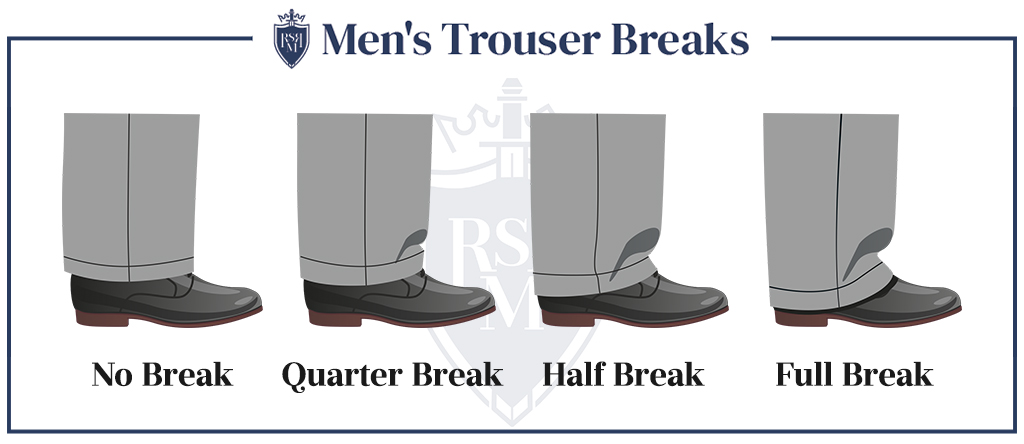
The good thing is it's really a matter of personal preference whether you want to get trousers with no break, a quarter-break, half-break or full break. All that matters is you make a conscious choice based on what works for you (like if you're doing a job interview in a creative field and your half-break trousers expose a little sock to show off your personality).
Buying Your First Suit: Step #2 – Function
You're buying a suit for the first time. So not only does it have to fit you properly…it also has to represent you in the best possible light before you even start talking. That means having a solid grasp of the purpose behind your suit.
Is it for a job interview? Will you be wearing it to a career fair hosted by your college? Or a lunch with your uncle's friend who works for a company you want to intern in? Whatever your need is…your aim is to have a suit that fulfills it. A suit that displays your seriousness, trustworthiness, and readiness to work.
Suit Color & Pattern
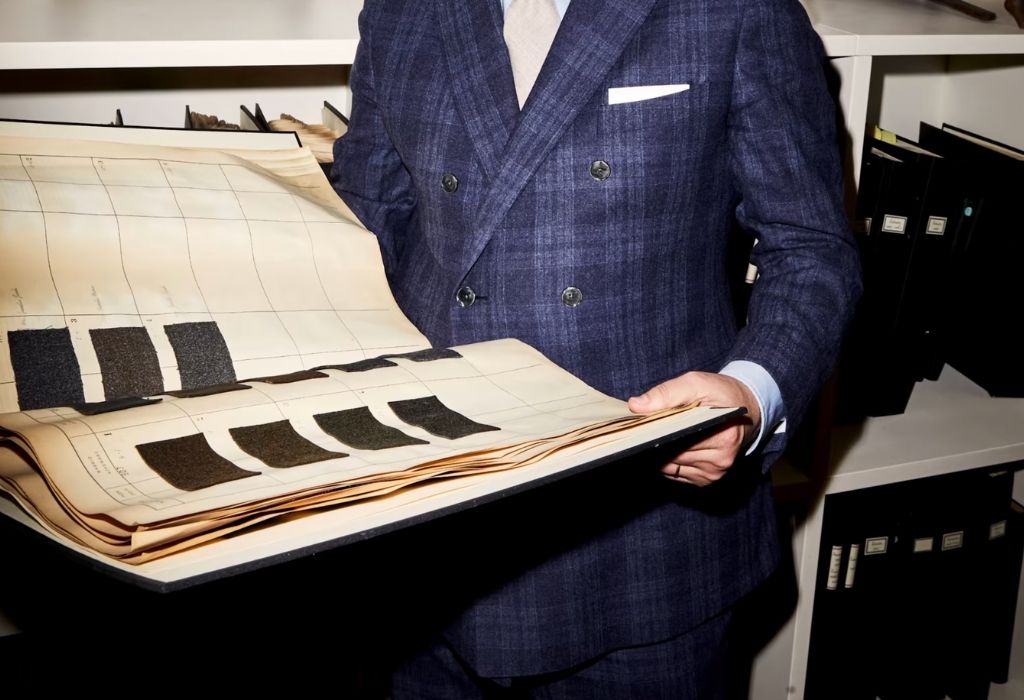
I'd personally recommend that you stick to a classic and conservative business suit. It's the choice that's least likely to fail for your very first suit. You want it to be a solid navy or charcoal gray because these colors go with the widest variety of shirts and shoes.
They're perfect if you want to look presentable but not flashy or attention-seeking. And you'll have no trouble adding a bright-colored tie or pocket square to further sharpen your style while wearing either color.
- Choose charcoal gray if you're a guy who looks obviously young (so that you'll come off as more mature)
- Choose navy if you're an older guy who could benefit from appearing younger
How about a navy or charcoal gray suit with a small pattern? The lines are sort of blurred here because this can be advantageous for a job interview – when you're trying to stand out and be well-remembered. It's okay for a first suit but be careful about wearing it regularly. It's not going to be as interchangeable as a solid suit…and not everyone will view it as conservative enough for the workplace.
You'll want to avoid the pinstripe suit for now. It's the kind of suit that means business and is quite memorable. But it's a more appropriate choice when you've had time to establish yourself in a company or profession. It's not ideal for a job interview or the first day at work.
Suit Pockets
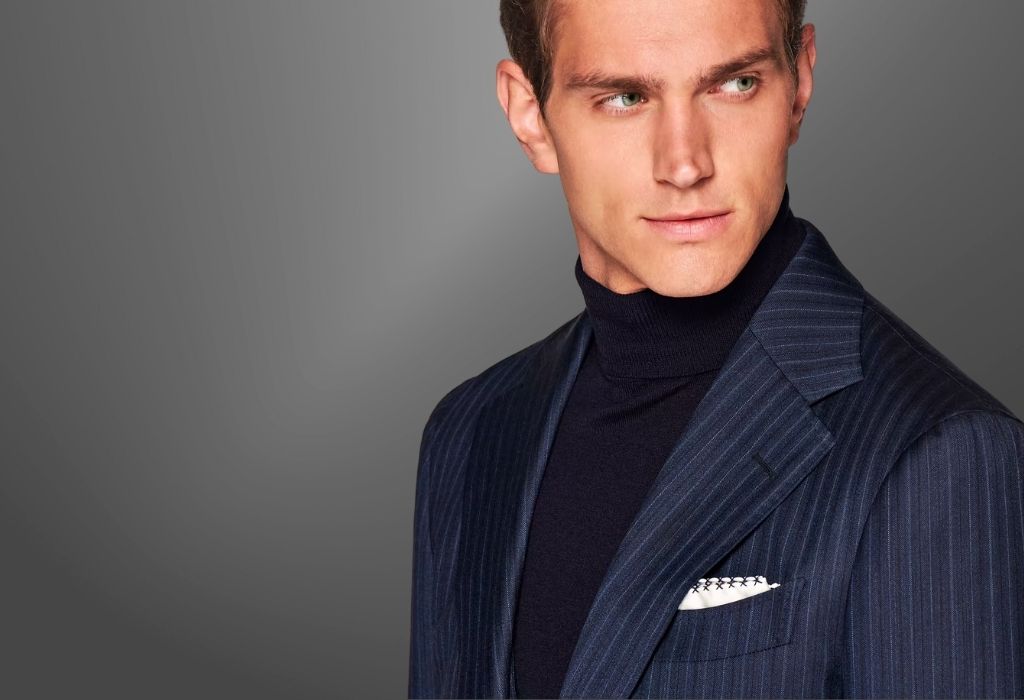
A standard suit jacket has three pockets: a breast pocket on the upper left-hand side plus two flap pockets at the bottom on either side of the front. That's it. Don't buy a suit if the jacket has any additional casual pockets like:
- A ticket pocket or extra pocket at the front bottom (left- or right-hand side)
- Patch pockets (sewn on top of the jacket; predominantly found on sports jackets)
Suit Buttons
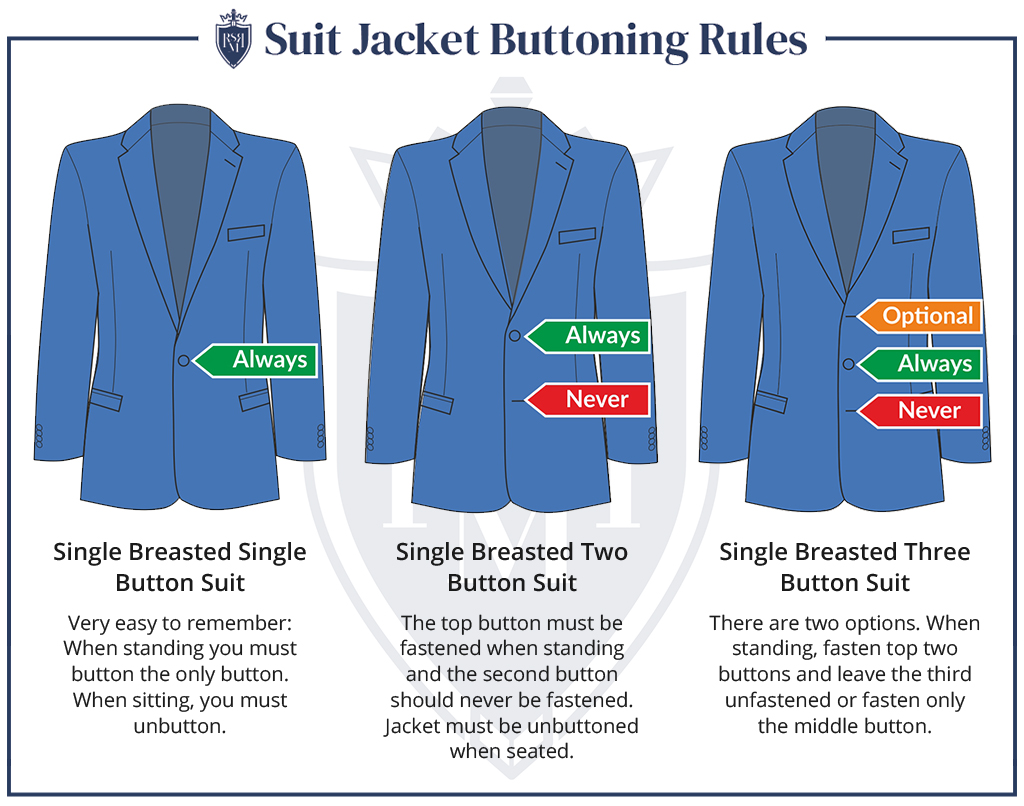
You've got to put some thought into a choice between the 3-button suit jacket and 2-button suit jacket. Here's how they differ from each other:
- The 3-button jacket is great if you're in shape and you want something more formal (note that you can button the top two buttons – the first one is optional while the middle one is a must; the lowest button should never be buttoned)
- The 2-button jacket is better if you have an average build since the “V” formation goes down lower than the 3-button jacket (which can match your proportions more easily)
As for the actual material for the buttons – avoid types made of gold, brass or mother of pearl. They create too much contrast with the fabric…and that might warrant unnecessary attention.
Suit Lapel
Go with the notch lapel since it's the classic type (and also the most common) that will simply work for a first suit. The problem with another style like the peak lapel is it appears too formal (which is why it's mostly used for double-breasted jackets) and creates more of a closed look.
Back Of The Suit Jacket
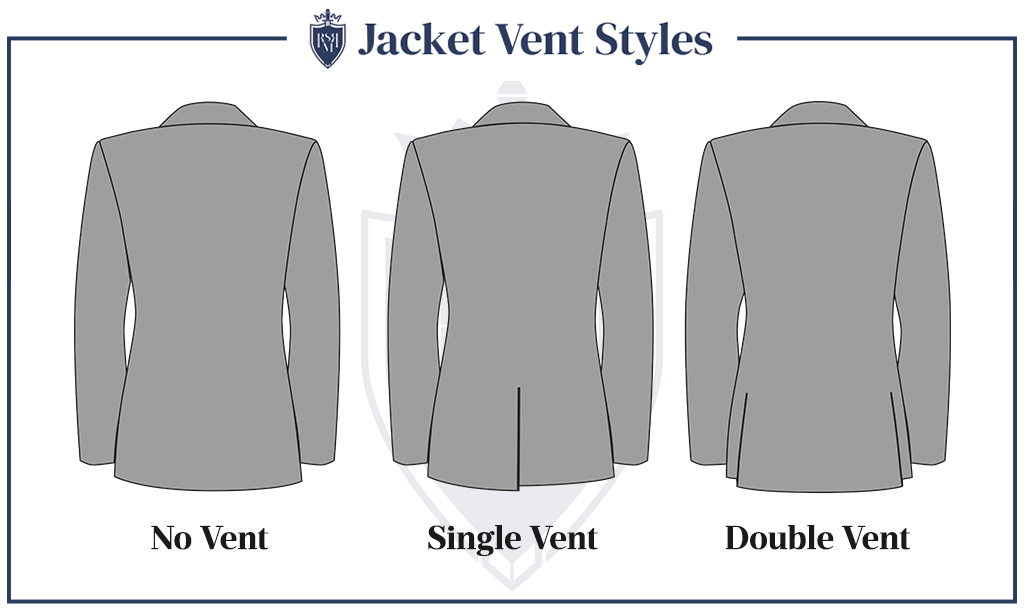
Your main options for the back of the jacket are no vent, the single vent, and the double vent. I would suggest the double vent every time. Why? Because they end up giving you the most flattering silhouette, especially while you're walking. The single vent tends to expose your backside when you put your hand in your pocket (although it's more commonly used and cheaper to manufacture) whereas jackets without vents are primarily the slim-fit kind made in Italy.
Buying Your First Suit: Step #3 – Fabric

Is fabric that big of a deal? In terms of hierarchy, this one probably falls below fit and function. But that doesn't mean it's useless knowing the different types of suit fabric.
A good suit shouldn't just have all the right features and complement your body shape. It should look and feel like it's produced from high-quality fabric and stitching.
You don't necessarily want it expensive…but reasonably priced…and not a “cheapskate” or second-rate material. That's going to help you gain people's respect right away.
Here are some of the fabrics to pick from:
- Wool – this comprises the majority of fabrics for suits. It's easy to spin and weave wool into many different cloth types – ranging from heavy and wiry tweeds to light and fine-napped tropical suits.
- Cotton – it makes for an excellent suit if the fabric is carefully selected. So if you've got a tight budget, consider getting a high-quality cotton suit instead of an average-quality wool suit for the same price – since the cotton suit will have more value for money.
- Silk – this material feels lighter and more comfortable than water-absorbing cotton or heavier wool. It's more popular with businessmen in Asia and the Middle East (regions where silk is rather abundant).
- Linen – it's more expensive but has the ability to be woven loosely for a super light, breezy fabric. The downside is it tends to billow instead of draping close to the body.
- Artificial Fibers/Synthetics
Buying Your First Suit: Step #4 – Hiring A Good Tailor
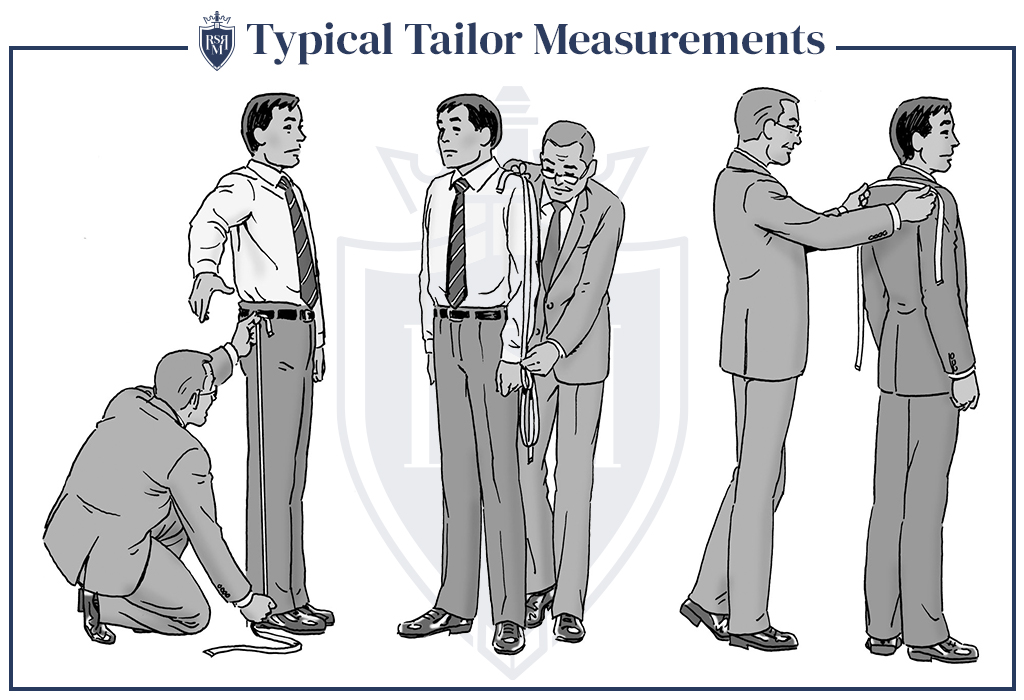
You can read and reread everything on the fit, fabric, and function of suits…but that's actually just 70% of the work. You can memorize the rules and understand the terms…but it's not you who's making the suit with your own hands. You'll need to trust in a good tailor for that.
How important is a tailor? Skilled and reputed tailors can bring in a suit about two inches to match your torso. They won't have a problem adjusting the collar fit – or hemming the trousers according to the break you need. Any measurements you have which aren't on off-the-rack suits, they can manage.
So make sure to communicate well with your tailor the day you meet them. Even the most experienced tailors aren't people you just show up and ask to make something. They need guidance and details. Two-way communication is the key to getting the process right – to perfecting your first suit and other suits in the future.
Buying Your First Suit: Step #5 – Choose A Dress Shirt

Of course, wearing your first suit entails more than just the jacket and trousers. Everything else you'll be putting on that day counts. Even the dress shirt – no matter how little of it can be seen.
Read the criteria for a good dress shirt below (even if you've already got your own shirts). It's all about following what's been proven to work.
Dress Shirt: Color & Pattern
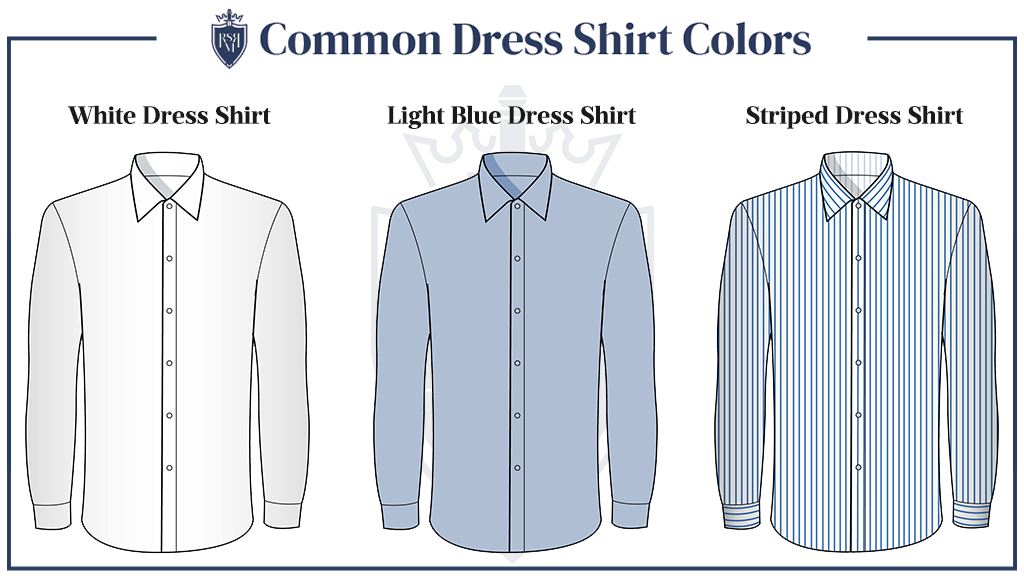
You'll want to play it safe for your first suit ensemble. Let the color be either white or light blue for your first ten dress shirts. Why? Because these two are generally accepted as very formal shirt colors. They can also be paired with a wide range of ties and other accessories.
Think that's too boring? Feel free to mix it up when it comes to the patterns of your light blue shirts. A herringbone and a set of repeating small white dots are some options. Neither of those types would steal much attention from the actual suit you're wearing – unlike bright-colored or floral patterns (which are better for those already working in creative industries).
Dress Shirt: Collar
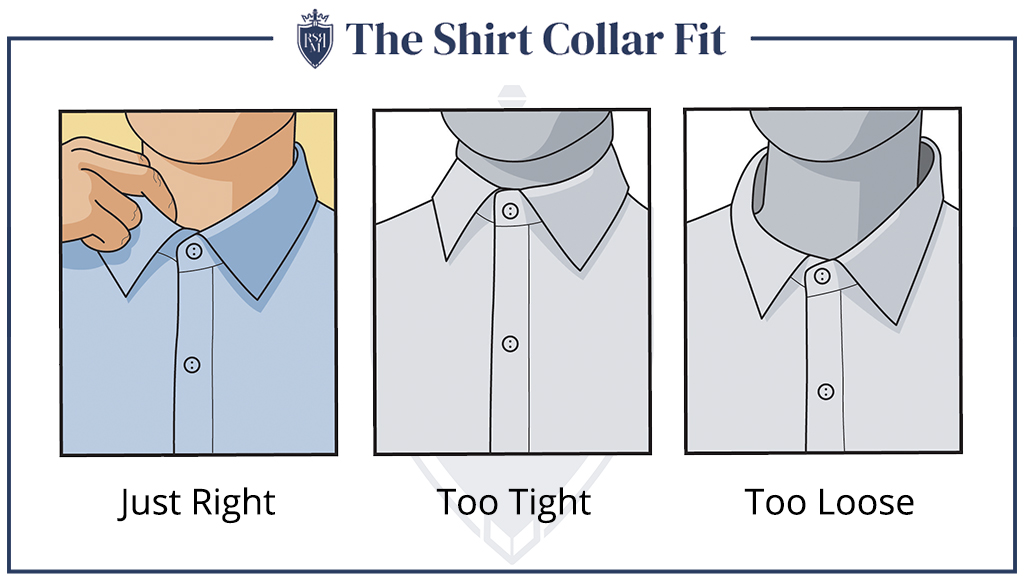
Whether you choose a spread collar or point collar, the real task is checking that it fits you well. This is one detail that doesn't have to be 100% correct since your jacket will cover it up. But the more spread-out the collar is…the more it'll help to use a large necktie knot. There should also be no buttons on the collar points (which normally indicate the shirt is casual).
Dress Shirt: Cuffs
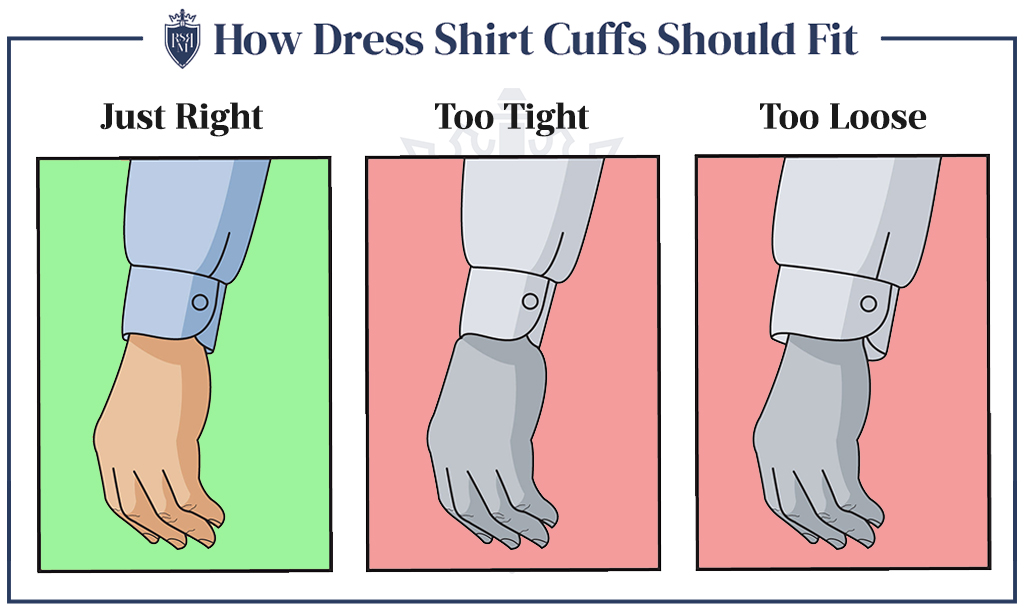
Your best bet is to select barrel cuffs – the kind that has a single button and folds over on itself – for the dress shirt. That's simply because the double cuff (a.k.a. French cuffs) will be more of a hassle. You'll need cufflinks to hold them together and cufflinks tend to be quite showy.
Dress Shirt: Pockets
There's no specific rule about pocket vs. no pocket for the shirt. It's pretty much your call to make.
Buying Your First Suit: Factor #6 – Accessories
Choice Of Necktie
Compared to the rest of the clothing items, you'll have a lot of freedom in choosing your necktie. There's so much variety available but I'd advise you to stick with darker conservative colors (burgundy, purple, dark blues) with or without repetitive small patterns.
Ties with stripes are more casual but they can pass for interview attire. Just avoid wearing military stripes, regimental ties, ties made of a distinct woven material, floral and paisley patterns, and bold patterns. Save those for when you've been working with the company for over a year.
Choice Of Pocket Square
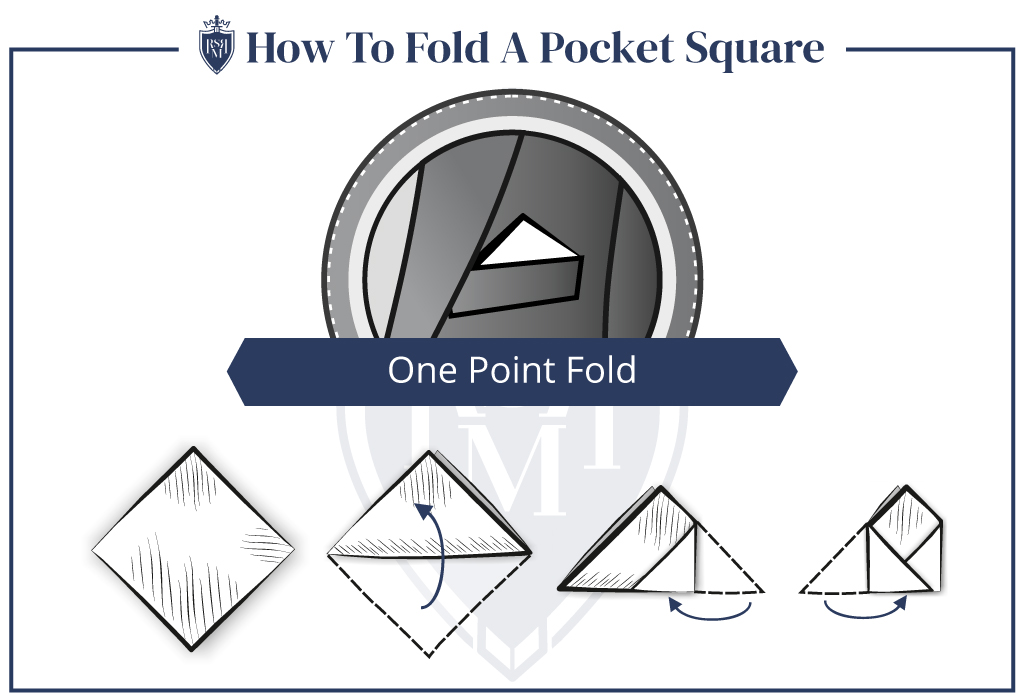
Your best bet for a pocket square is something simple and subtle…but still elegant. That's precisely what you'll get out of a cotton or linen pocket square in a one-point fold. Start with a solid white. You can try changing the color later on so it can pop out more or match your necktie.
Dress Shoes & Socks
Every suit needs the right dress shoes and socks to partner with. You don't just wear them to look complete…but to look completely sharp.
If your shoes and socks don't have the same level of style as your suit…that can be an eyesore. Your time and efforts go to waste if the guy who's interviewing you gets distracted by your decision to wear red basketball shoes plus white sports socks – instead of hearing your answers.
So limit your choices to black, dark brown, and oxblood dress shoes which are closed-laced (where the front of the shoe is fixed on top of the back part). There's ideally no broguing or stitching except for broguing along the cap toe. That's the formula of conservative leather footwear.
Your socks don't require as much thinking. Just stay away from anything too bright or faded or with holes. Black, dark green or maroon socks work just fine. But if you're interviewing for a not-so-conservative company in a not-so-strict office environment…you can afford to show a little more personality with a color like tan or red. That won't be too risky anyway.
Read next: how a suit should fit – a visual guide for men. ?
The post Ultimate Guide To Buying A Suit | Style, Fit And Accessories appeared first on Real Men Real Style.
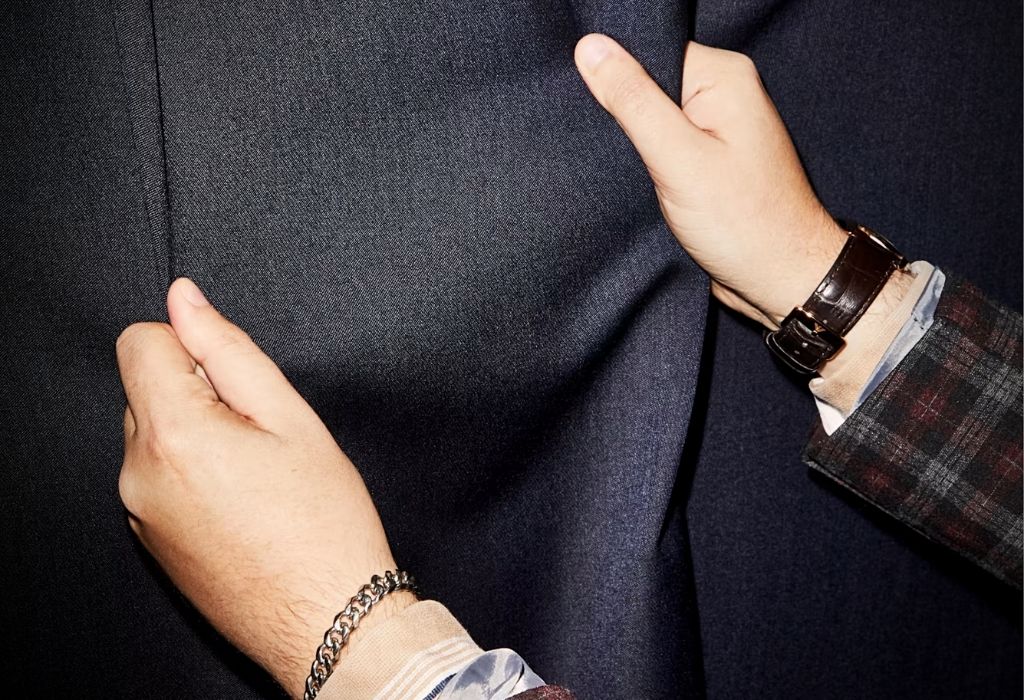
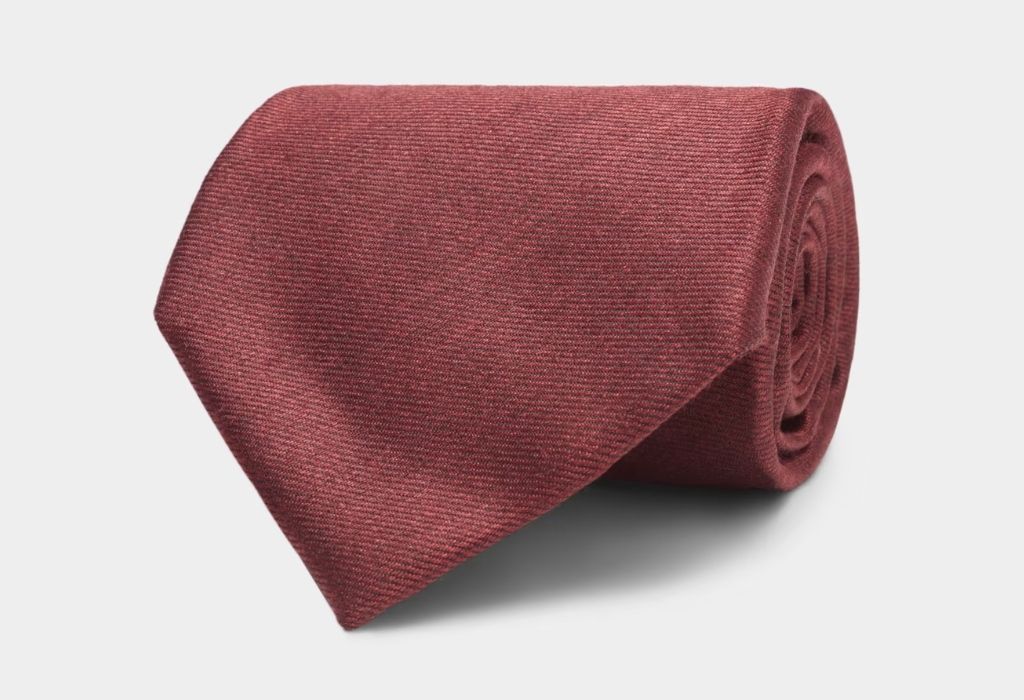
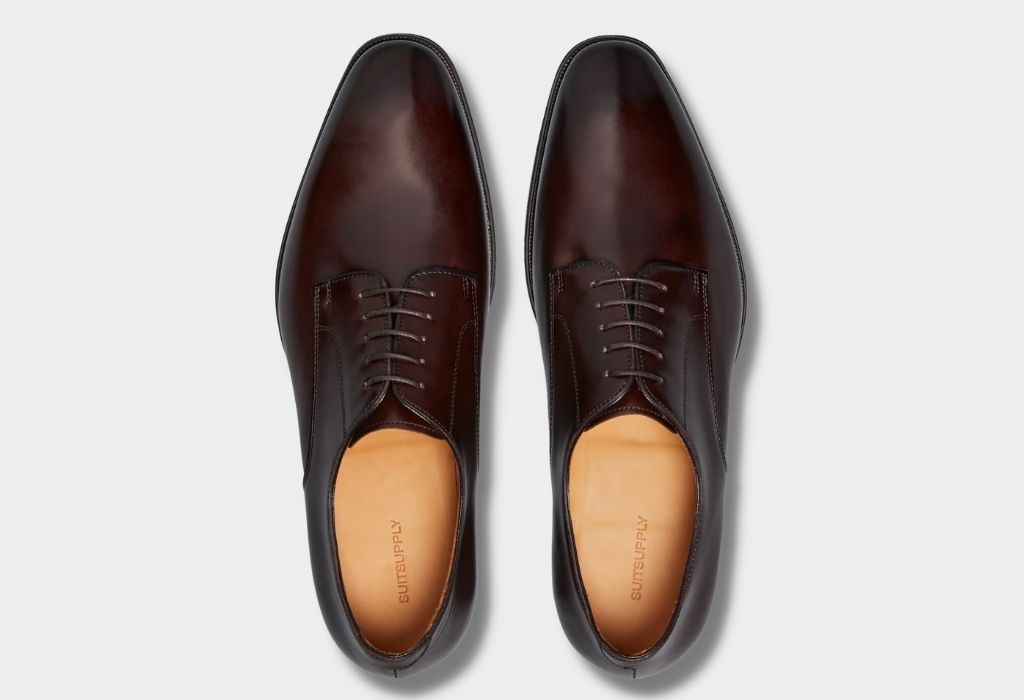
0 Commentaires